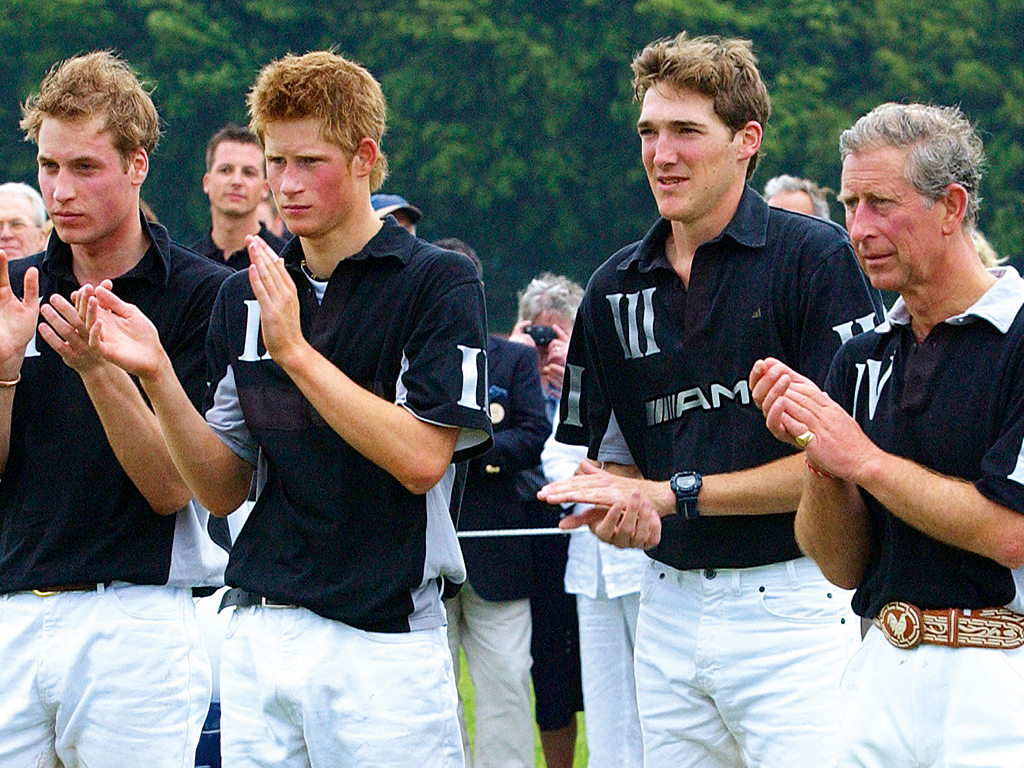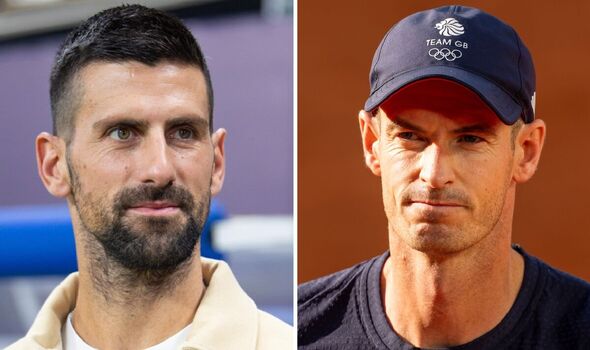
Ukraine Rebels Say They Are Poised To Recapture Donetsk Airport
September 3, 2014Inflation Rates And Bond Yields Have Been Following A Particular Demographic …
September 3, 2014Polo is now played in almost every country in Europe, from France and Germany to less obvious polo destinations such as the Czech Republic and Norway – both fledging polo nations with newly formed clubs and steadily growing membership numbers. While the more established hubs of polo naturally have the most prestigious clubs and internationally important tournaments, the rest are steadily catching up.
The global polo season follows a strict chronology. Starting with the European season, the world’s best players come to England in early May. They then move on to France and Spain in August, before returning to Argentina in September, and then on to the US (Palm Beach) in January. The Palm Beach season is feeling some heat, however. Polo in the UAE is positively exploding as Emirati patrons seek to attract the best players in the world, enticing them with ever-increasing pay packets and ever-improving fields to play on.
Argentina is indisputably the breeding ground of the best players in the world
The January to March season is made all the more busy by the increasing popularity of snow polo. Tournaments are now played in St Moritz, Courcheval, Kitzbuhel, Klosters, Megeve, Val D’Isere – to name but a few. However, the highest level of polo in Europe is played in England, France and Spain. The English high goal season runs from May to late July, with the Cartier Queen’s Cup at Guards Polo Club near Windsor, and the Veuve Cliquot Gold Cup at Cowdray Park, West Sussex. Both 22 goal tournaments, these are hotly contested, with up to 20 teams paying an entry fee of approximately £25,000, the patrons of whom could be paying anything up to £3,000,000 to play the English season – sometimes more.
After the Gold Cup, players move on to Europe. Traditionally, this would have been Deauville in France, but the club there has faced some serious competition, and what was once the epicentre of European polo is losing traction. Chantilly, near Paris, now boasts 10 pitches and ever-increasing standards, but the real player on the high goal scene is Sotogrande in Spain.
Lured by fabulous weather, state-of-the-art pitches and, of course, golf, yachts and nightlife, Santa Maria Polo Club is seeing the world’s best players spend the month of August there in growing numbers. The tournament level has been raised to 22 goals, matching the UK, and the Gold Cup final at the end of August is now seen as the third most important in Europe.
Brand appeal
On paper, sponsorship of the sport can be a hard sell. The spectators at a league game of a major tournament are usually in the low hundreds. Even a big final might only attract 5,000-10,000 people. Why then would a sponsor want to invest in a sport with such limited attendance? The key lies with who those in attendance are. They are captains of industry. They own investment funds, property empires, media conglomerates, banks, shipping companies – the list goes on and on. Add into that mix glamorous film stars, models and famous musicians – there is always a smattering at any major final. How else can a sponsor reach these people in such a direct way?
Then, of course, there is appeal by association. Because people who play and watch polo are so used to the sport being associated with luxury, high-end brands, they assume that any new sponsors are also high-end. The appeal rubs off.
As a corporate hospitality venue, a polo tournament has no equal. The genteel surroundings of a polo club, lunch in a beautiful marquee, all to the auditory backdrop of galloping hooves and the crack of a mallet on a ball. Companies can entertain guests, and more importantly have a conversation with them. Many an important deal has been made at the side of a polo field.
Hence, Cartier has been sponsoring polo for 30 years – and over the years it has been joined by Rolex, Jaeger Le-Coultre, Piaget, Porsche, Maserati, Audi, BMW, Land Rover, EFG, Coutts and many more. All brands synonymous with cachet, service and quality.
Normally, to stage a polo tournament one needs a fairly large area – a polo field alone is some 15 acres. Add to that the need to park lorries, have pony lines and grandstands for spectators and suddenly you need at least 20 acres. This generally means that polo clubs are in very rural locations, making a car a necessity for city dwellers who want to come and watch, and if they want to have a drink it becomes a less attractive proposition. Perhaps because of this, there has been a huge rise in ‘city’ polo events, and not just on grass.

Members of the British Royal Family, particularly Prince Harry, enjoy playing polo
Bringing polo to the people is the ethos behind Polo in the Park in Fulham, London. Polo was played there until 1953, but the pressure of housing and finances forced the sport out of Central London. Hurlingham Park is not a big area, so the obvious solution was to make the pitch smaller and reduce the number of players. The game is played three a side, using a soft ball, and the crowd is right next to the action. The result is a brilliant spectacle attracting 25,000 people over three days. The organisers also hold polo in Abu Dhabi, in the grounds of the Palace Hotel, and similar events are springing up in other major cities, like Sydney in Australia.
Beach polo is also enjoying huge growth. Also played three a side, using a large inflatable ball, tournaments are played in Bournemouth and Cornwall in the UK, Sylt in Germany, Belgium, Ibiza and, as from this year, Tarifa. Outside of Europe the Julius Baer tournament in Dubai and Beach Polo in Miami are also popular fixtures, with brilliant after parties.
Best of the best
Argentina is indisputably the breeding ground of the best players in the world, with at least eight 10-goal players (the highest rating in the world) thanks to the almost perfect topography, plentiful supply of horses and wealthy farming families, there is no shortage of talented players, most of whom have been on horses since they could walk, and hitting a ball around from an incredibly young age. Add to that the extensive youth tournaments and you have a veritable polo player factory.
Players in Europe don’t have that kind of culture, and while horses are very much part of the fabric of rural life this side of the pond, there isn’t quite the volume of talent or the amount of polo. That, and the increased cost of keeping horses, makes it slightly harder for European players to get ahead. However it is possible, with England having the highest number of talented players among the European nations.
With the continued growth of polo in Europe it is only a matter of time before the continent will produce its very own modern day 10-goal player to take the mighty Argentinians on at their own game. As things stands, statistically, it is most likely to be an English player due to the sheer number of young riders taking up the game, but the other European countries are not far behind, especially if they can encourage children to take up the game, which in early stages, is no more expensive than tennis or golf lessons. It is only later that the game requires some serious investment, but that is really no different to any other sport played at the highest levels, once coaching, travel and training camps are taken into account. For now, it is likely that Argentina will continue its dominance of the sport, bringing the best players in the world to our shores.




Luke Humphries comment about Luke Littler says it all after Players Championship glory
Read more